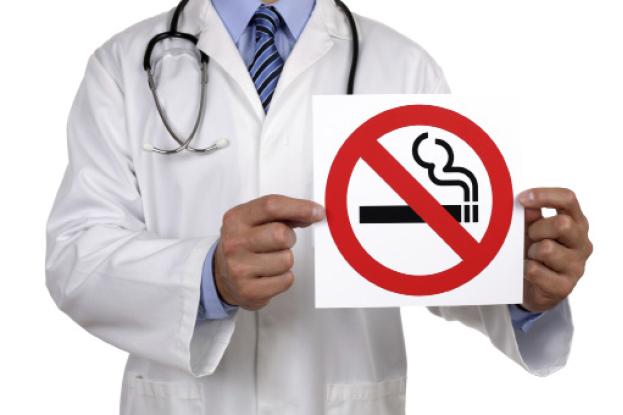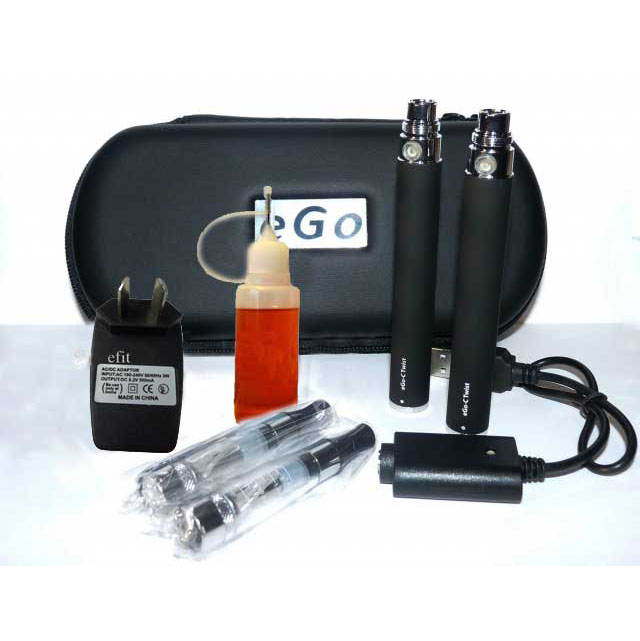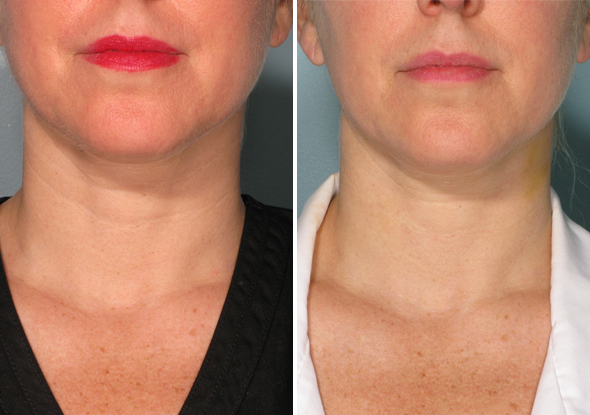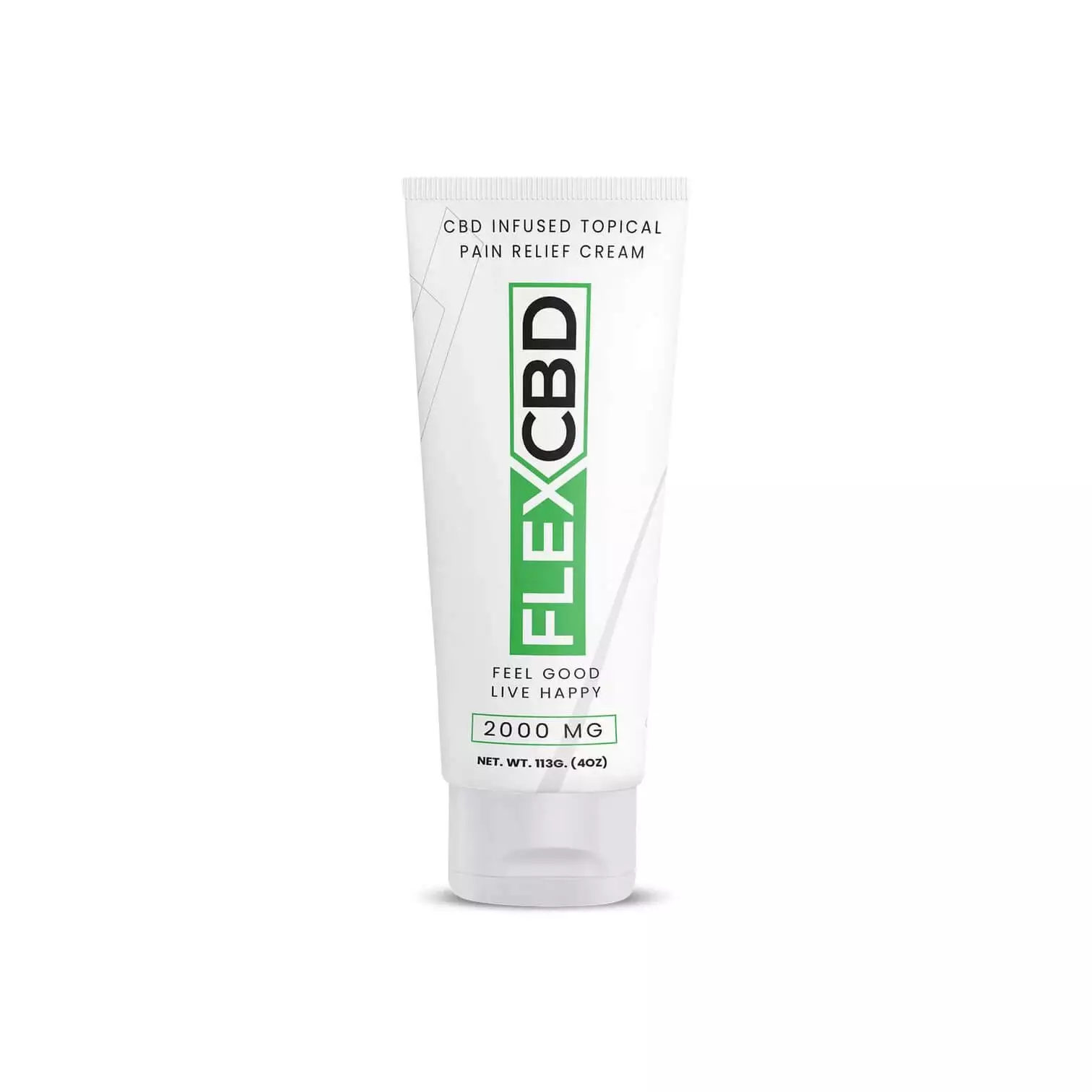Nicotine replacement therapy is used on smokers to cut down smoking as they proceed to quit. This therapy involves the use of alternative sources of nicotine instead of tobacco cigarettes. Research shows that tobacco cigarettes contain over 4,000 harmful chemicals.
Nicotine replacement therapy administers nicotine in other forms without the harmful substances contained in cigarettes. The idea is to ease the withdrawal symptoms that are brought about by quitting smoking. This indication is called ‘cut down then stop.’
When the harmful carcinogens are out of the way, quitting smoking becomes easier and bearable. Nicotine is highly addictive and withdrawing it from the system abruptly can cause severe withdrawal symptoms. Nicotine replacement therapy is a procedure that requires attention from an expert.

Assess Dependence
A health care provider needs to establish the dependence of nicotine by a smoker looking to start NRT. The dependence is measured by noting the exact time a smoker smokes the first cigarette. This can be immediately after getting out of bed, thirty minutes after, or an hour later. The more immediate the first cigarette is after bed time, the higher the dependence on nicotine.
After the time is established, a healthcare provider can proceed to administer an NRT. This can either be a nicotine patch, nicotine gum, nicotine inhaler, or both. When the dependence is too high, more than one form of NRT is used.
Cut down then stop
A smoker who has been smoking for almost all his life is likely to experience difficulty while attempting to stop. The cut down then stop is a new research method aimed at reducing the total amount of cigarettes taken. A person should be encouraged first to use the cut down then stop to stop smoking completely and not to reduce smoking. The major goal is to quit smoking completely.
Nicotine Replacement Therapy for Light smokers
A light smoker is a person who smokes less than ten cigarettes a day. This person should start with 14mg of nicotine from week one to week eight. The nicotine patch should last for 24 hours and replace with another one then 7mg for every 24 hours in the next four weeks.
Alternatively, you a healthcare provider can administer 15 mg for every 16 hours for eight weeks, then 10mg for every 16 hours for four weeks.
Nicotine Replacement Therapy for Heavy Smokers
A heavy smoker is a person who smokes more than ten cigarettes per day. A dose of 21mg of nicotine for every 24 hours should be administered in the next eight weeks. This dose should be followed by 14 mg for the next two weeks and finally 7mg for the next two weeks.
Alternatively, the dose can be administered as 25 mg for every 16 hours for the first eight weeks, 15 mg after every 16 hours for the next two weeks, and then 10 mg after every 16 hours for the final two weeks.
How to Administer a Patch
A healthcare provider should place a patch immediately the patient wakes up. The skin should be dry and hairless. The most suitable areas are the hip, upper arm, and trunk. If the patient is experiencing severe withdrawal symptoms, the dose should be increased to stabilize the patient.
If the high-dose form of NRT causes severe side effects that do not clear in a few days, the physician may switch to the moderate NRT for the remaining period until the lower strength NRT is ready for administration.
Inhaler
This form of NRT is used as a combination with a patch. One inhaler containing 15 mg of nicotine is equivalent to six cigarettes. A patient should inhale through the mouthpiece for as long as forty minutes. This should be done in five minutes intervals or ten minutes if the patient can handle it.
Oral Spray
This type of NRT is very effective, and its effects are felt within minutes. This form is recommended for heavy smokers. When a patient feels the urge to smoke, he or she can have up to four sprays in one hour. The spray should be administered directly in the mouth. This form of NRT can also be combined with a patch.
Nicotine replacement therapy can be used for people on e-cigarettes. The tobacco e-juice on the e-cigarettes is equally harmful and should be eliminated with the right therapy.

Carl Clay is a health blog author who has been writing about nutrition, fitness and healthy living for over 10 years. He also loves to run, hike and bike with her wife.












